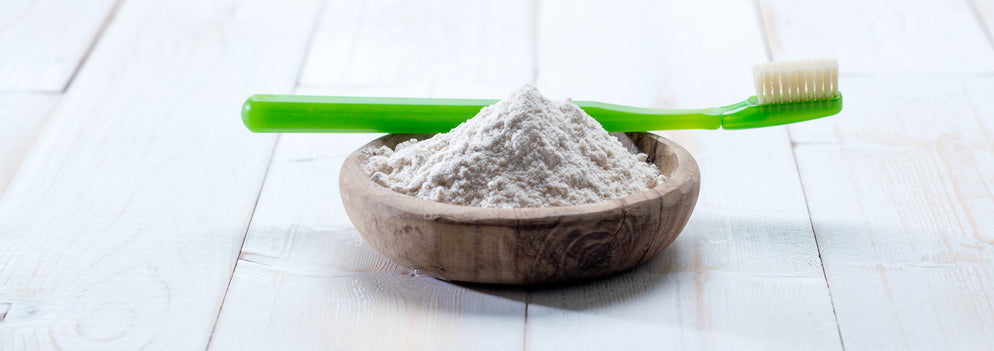Researchers Have Discovered That Our DNA Contains the Ability to Regrow Teeth - It Just Needs to be "Switched on"
 Have you ever wondered why humans only have one set of adult teeth?
Have you ever wondered why humans only have one set of adult teeth?
After all, many animals have the ability to regrow lost or damaged teeth. So why can’t we do it?
In this post, we’ll examine the science of growing teeth in different species. We’ll also look at some interesting research studies to see if humans might one day be able to grow additional teeth.
Why Do We Grow Baby Teeth?
To start with, why do we grow baby teeth? Wouldn’t it be easier to just have one set of teeth for our entire lives?
Whether it’d be easier or not, it’s simply not possible.
It takes around two years for all 20 of our baby teeth to erupt. These baby teeth serve three main purposes:
- To help us chew our food
- To enable us to speak properly
- To preserve space for our adult teeth
The truth is that a baby’s jaw isn’t large enough to fit a set of adult teeth. The extra space required would make the baby’s head much larger, making childbirth almost impossible.
And so, our jaws and teeth are designed to give us what we need, when we need it. Our baby teeth serve their purpose during childhood, allowing us to speak and eat while protecting the adult teeth that are forming underneath.
Then, when our jaws are fully grown and ready for them, our adult teeth emerge.
That’s great, you may say. But it still leaves us with an unanswered question: Why do we only get one set of adult teeth, and no more?
Why Do Some Animals Grow Teeth Over and Over (But Humans Don’t)?
The fact is that we’re born with all the teeth we’re ever going to have. As members of the human race, this is our lot in life.
Humans, like most mammals, are known as diphyodonts. We’re biologically programmed to only grow two sets of teeth – a baby set and an adult set.
Other animals, such as sharks and alligators, can regenerate any teeth they lose. Animals with this ability are known as polyphyodonts.
Most polyphydonts are either fish or reptiles. However, there are three mammal polyphydonts: manatees, kangaroos, and elephants.
Why do some animals regrow teeth while others can’t?
Interestingly, researchers at the University of Southern California found that human DNA contains the ability to regenerate and regrow lost limbs or teeth. This means – in theory – that we should be able to do so.
So what’s the catch? This amazing ability is “turned off” in our DNA.
Is It Possible that Humans COULD Grow a Third Set of Teeth?
Here’s the million-dollar question researchers are currently working on:
Could it ever be possible to “turn on” our DNA’s ability to regrow teeth?
Think of the ways this could improve our quality of life! There’d be no need for dentures, crowns, or implants. If we lost a tooth or had it removed, we could just sit back and wait for a healthy new one to take its place.
This is exactly what researchers are hoping to achieve.
While scientists at USC are examining our DNA, researchers at Harvard are experimenting with lasers and stem cells. Since stem cells have the ability to become any type of tissue, researchers are seeking a way to make those cells repair (or even replace) damaged teeth.
In one study, scientists used lasers to activate stem cells in rats and human dental tissue. Successful results were recently published in the Science Translational Medicine journal.
Laser treatment is ideal because it’s minimally invasive and only needs to be used in a small area.
While early test results are positive, don’t get too excited just yet. This type of research is still in its infancy, and it will be many years before such techniques are available to the public.
--
So, is it possible for humans to grow a third set of teeth?
One day, it very well may be.
For now, though, your best option is to take care of the original set of teeth nature gave you. Brush and floss daily, and schedule regular cleanings with your dentist.
That way, you can preserve your natural teeth for decades to come.

